Stuff Innovators 2014: Life
Your everyday life will change dramatically over the next few years. And much of that will be due to the clever people in this list
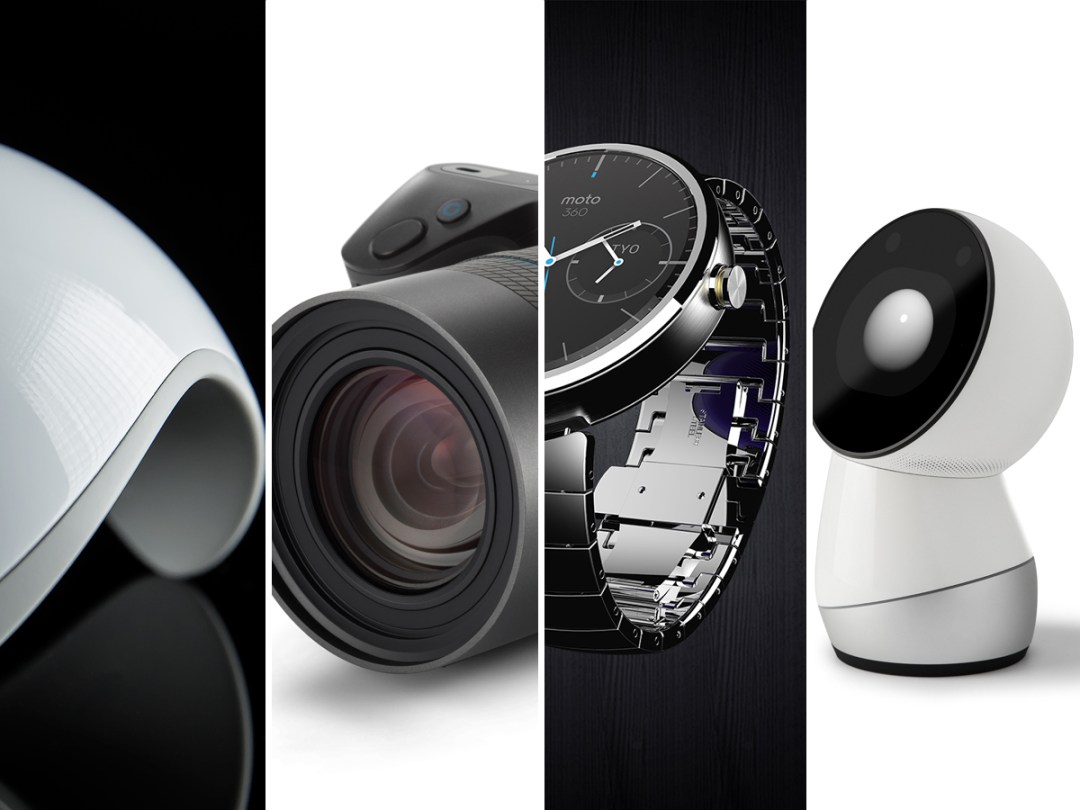
Life, circa 2016: you’ll be woken by the gentle singing of your domestic robot, who’ll bring you breakfast (Urgh! Space rations again!) then beam the news headlines directly into your brain. Your house will transform itself around you, becoming first a hovercar to drive you to work, then your office itself. Your virtual PA will greet you, then… alright, so maybe 2016 is a bit optimistic. But 2017? You bet.
Whatever. We may not be driving hovercars quite as soon as 2015, but we will be doing plenty of other ridiculously cool things which would’ve seemed fanciful even a few years ago. From robot vacuums to smartwatches to 3D printers, daily life is changing at a dizzying pace. And we have these 15 people to thank for that.
READ MORE: Stuff Innovators 2014 – Superheroes of Tech
Creating sociable robots

Cynthia Breazeal, MIT’s Personal Robots group
“The day I started my doctorate at Massachusetts Institute of Technology,” Breazeal tells us, “was the same day NASA landed the Sojourner robot on Mars. I knew we were sending robots into oceans and volcanoes and space, but where were they in the human environment?”
In looking for the answer, she created a field called social robotics, and it’s one she says will bring about the next big tech revolution.
“Computers used to be very expensive, and only a few specially trained people knew how to use them, until someone asked: ‘What would it mean to have one of these on every desk, in every home?'” The robotic answer, says Breazeal, is Jibo.
“Robots are so different to all the slabs and boxes we use today. They experience the world around us, and they push all kinds of psychological buttons in us. At MIT, we’ve found again and again that people are more successful at achieving their goals when they’re using a robot rather than a screen.”
Jibo, she believes, “will connect you and co-ordinate you in your family life. It’s like having someone helping you, rather than having a tool that you use. Your smartphone is a camera – Jibo is a cameraman. It’s not an individual device, it’s a family hub.
“It’s a new kind of assistant. It doesn’t need to be able to pick things up, or walk up and down stairs – it’s a humanised interface for all your other personal technologies. It’s logical – it’s what happens beyond screens.”
It seems the internet agrees: at the time of printing, Jibo’s Indiegogo campaign had met its goal 20 times over. Look out for this little guy (and his inventor) in December 2015.
Adding sci-fi to your daily routine

Cortana, Windows Phone
Sometimes it feels like the world could do with a real-life version of Halo‘s Master Chief, but for now the closest we’re going to get is Cortana. Named after and voiced by John-117’s ever-present AI helper from the multi-million- selling Xbox games, Cortana is Windows Phone’s answer to Siri or Google Now – with a little extra added on top.
As well as simple web searches and most standard phone functions, Cortana can attach reminders to other actions, so next time you go to phone your mum Cortana will nudge you to politely ask about the cat. Over time she’ll learn more about you, adding details to a ‘notebook’ full of your vitals that she’ll use to offer more targeted help. With the Xbox One and Windows 8 (or 10) the obvious next steps for Cortana, expect to hear her voice a lot more in the future.
READ MORE: Windows Phone 8.1 review
Bringing photographs to life

Ren Ng, Lytro Illum
It’s one thing to build a new camera, but Ren and his team at Lytro are after a more ambitious prize: a new kind of photography.
Since the early 19th century, every photograph has been a flat, passive print. Lytro pictures are not meant to be printed – they’re active digital images that you can refocus or change the perspective of while you’re viewing them.
The engineering that has gone into the Illum is fiendishly complex – that large, versatile 30-250mm f/2 lens contains thousands of microlenses that capture not just light, but which direction the light’s coming from, allowing the processor to build an image in a process called ‘computational photography’ (a phrase that makes you 8% more of a geek just by saying it).
It’s early days for Lytro, but this could be the most important camera since the Box Brownie.
Protecting cyclists after dark

Emily Brooke, Blaze Laserlight
As role models go, Batman isn’t a bad one. As far as we know, Emily Brooke of Blaze doesn’t dress up in a cape in the evenings and take to the streets of London to fight crime, but she has mimicked the Dark Knight’s bat signal for the Laserlight. It looks pretty much like any other bike light – albeit one encased in aluminium – but turn it on and it also projects a laser on to the road five metres in front of your bike, forming a green bicycle shape instead of Batman’s logo.
As 79% of collisions with cars occur when a driver turns across an unseen cyclist, the Laserlight increases their visibility. The battery’s smart too. It won’t turn on unless it’s in the special bracket, and when it’s nearly dead it’ll switch to a low-energy mode that lasts four hours, so you’ll never be stranded miles from home without lights.
Sexing up the connected home

Tony Fadell, Nest
Fadell took one of the most under-exploited domestic products – the thermostat – and made it exciting (and himself rich in the process). He now promises to do the same with other household gadgets, leaving designers kicking themselves for not thinking of it first.
Entrepreneur Fadell made his name at Apple, where he was a key member of the team that developed the iPod. He later founded Nest Labs with the somewhat unlikely aim of doing for thermostats and smoke detectors what the MP3 player did for music.
Nest’s products are easy to use and remember your preferences, turning the heating down when you’re not at home and learning how long it takes to reach your preferred temperature, so it can then turn it up again when you’re on your way back, thereby saving money on fuel bills.
Words: Marcus Fairs, Dezeen
READ MORE: Stuff Innovators 2014 – Design
About Dezeen
Reinventing the smartwatch

Jim Wicks, Motorola
On the, er, face of it, making a watch round doesn’t seem that revolutionary. But when Motorola unveiled its circular Moto 360 it was distinct in a world of square-faced smartwatches, all informed by the phones they were designed to work with, rather than the timekeepers they were replacing.
But Moto’s first Android Wear device took the opposite approach. Lead designer Jim Wicks said: “Time has always been represented by a circle, from the sundial to the pocket watch, and 85% of watches sold in the world are round; we didn’t want to make consumers change for this tech.”
The Moto 360 has proved that smartwatches can be beautiful, sharing equal amounts of DNA with high-end timepieces as well as the phone in your pocket. And it’s still only generation one…
READ MORE: Motorola Moto 360 review
Teaching the world to code

Kathryn Parsons, Decoded
If you want to be mega-rich these days there’s no point in trying to become a rock star – you’re better off learning how to code and writing something to sell to Facebook for US$400bn.
Kathryn Parsons’ Decoded can help you with the first bit, running courses to teach you all you need to know in a single day. It’s too bad there’s no equivalent course to deal with the second bit, really.
READ MORE: Teaching your kids to code is as important as teaching them to read
Sparking a charging revolution
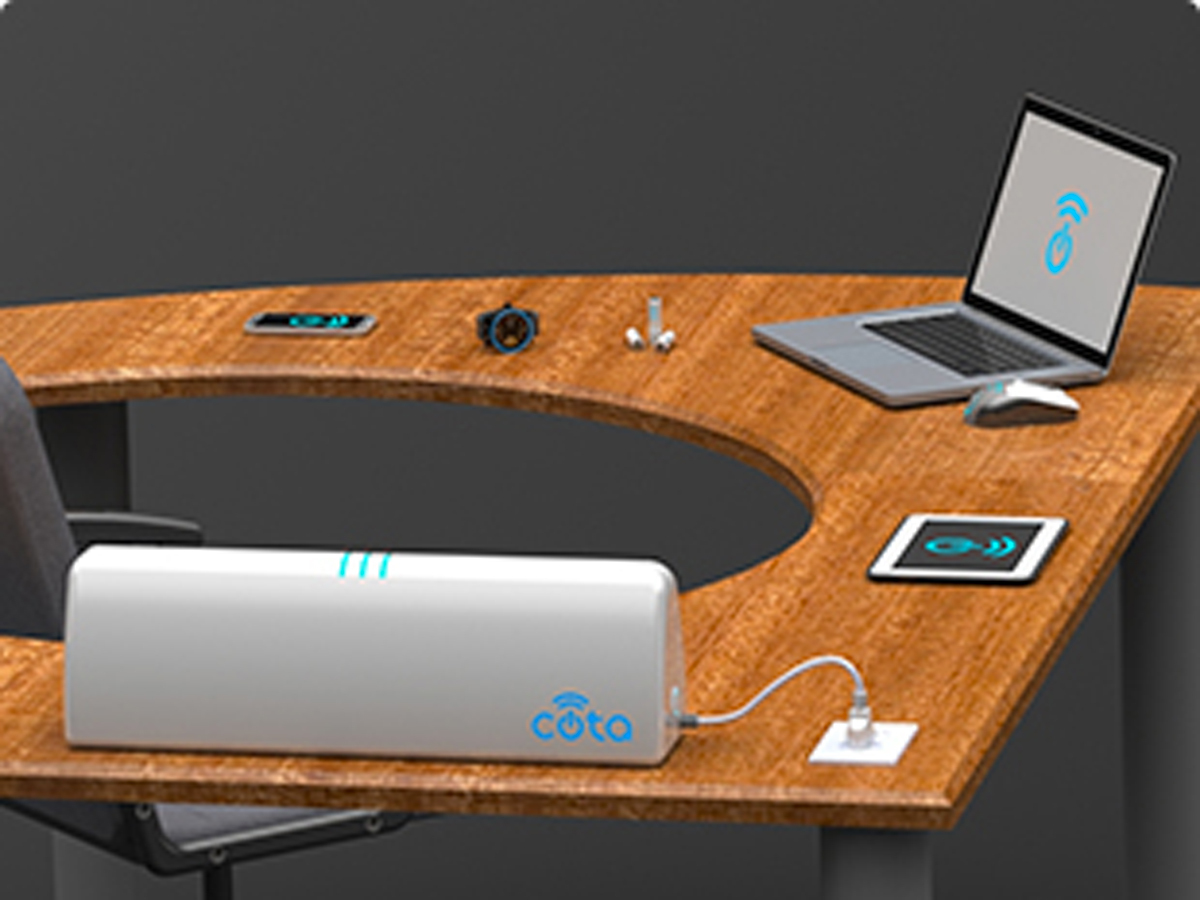
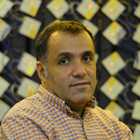
Hatem Zeine, Cota by Ossia
In a few years’ time, your gadgets won’t need to plug into the wall. They’ll get their energy like they get their information – from a wireless router. In cafes and libraries and train stations, Hatem Zeine’s crafty Cota boxes will feed power through the air to any gadget within range, and your battery will never run out. Well, until you go camping, but hotels are much nicer anyway.
READ MORE: Stuff Innovators 2014 – Travel
Saving the world via solar panels


Agamemnon Otero, Repowering London
Aside from blowing ourselves up or being trampled on by a planet-sized space puppy, the biggest threat to Earth is climate change. Repowering London wants to get local communities using renewable energy sources so they can limit their impact on the environment. Either that or they want to develop a new kind of solar-powered weapon to ward off that intergalactic canine menace. One or the other.
Making 3D printing affordable

Steve Schell, New matter
In an attempt to actually make 3D printing mainstream, Steve Schell and New Matter have created the Mod-T, a US$280 Wi-Fi 3D printer. The Wi-Fi’s there so you can access and operate it easily from a browser or phone, but the real strength is the cost. At that price, it’s within reach of almost anyone who fancies messing about with micro-manufacturing while they catch up on EastEnders.
READ MORE: Stuff Gadget Awards 2014 – vote now
Supporting student engineers

Sir James Dyson, Dyson
Most of the robots being developed around the world are not the kind of robots you’d want to share a lounge with. They’re often a bit big, and some of them are a bit military.
Thankfully, Britain’s most inventive billionaire is also a keen supporter of student and startup engineers, and he recently announced that Dyson is funding a new lab at Imperial College where a more obliging species of robot will be created.
Like Dyson’s new 360 Eye robo-vac, they’ll have sophisticated robo-vision that will allow them to accomplish tasks like doing the laundry or clearing the table without getting in your way.
Of course, a future in which you’re waited upon by electric slaves won’t come without the occasional robot uprising, but as long as they’ve done their chores first, that’s fine.
READ MORE: The Dyson 360 Eye is the robot vac you’ve been waiting for
Invading your house with sensor ninjas

Daniel Friedman, Ninja Blocks
There are a number of companies vying to pack your home with sensors, but Ninja Blocks has the nattiest gear so far: the Ninja Sphere. This alien-looking swoop of tech is the brain for your smarthome, and can automate heating and lighting, save power, keep an eye on security and even – thank you, sweet ninja-thing – tell you where your car keys are.
READ MORE: Stuff Innovators 2014 – Watch, Listen, Play
Printing your way to prettiness
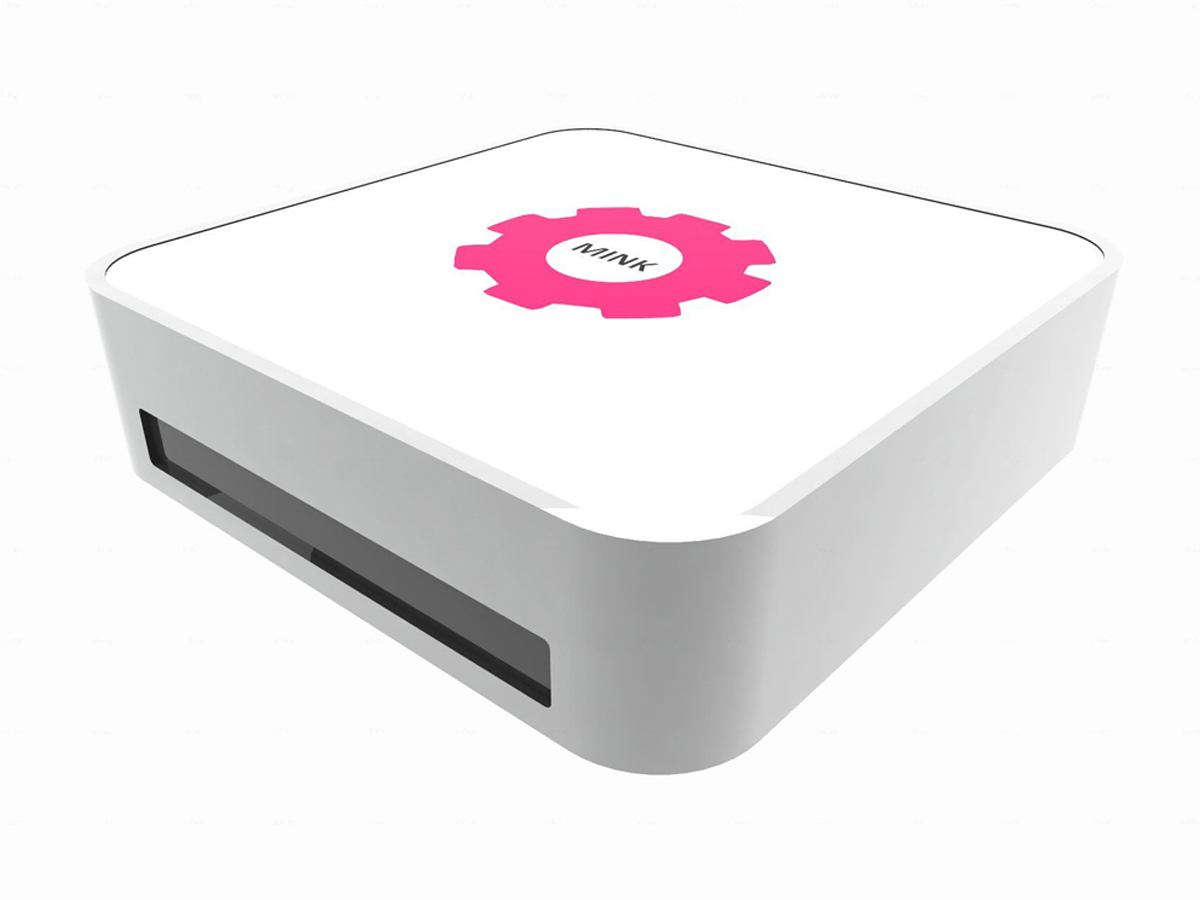

Grace Choi, Mink makeup printer
Mink is a different, and possibly more useful, kind of 3D printer: it prints makeup. By giving you the freedom to print any colour you find on the internet and cutting out the giant global brands that make a fortune selling the same stuff in a slightly different tube, Mink could save you money and make your face look nice. For non-makeup-wearers, try the BurritoBot (seriously, it does exist).
READ MORE: The future of food is 3D-printed
Breaking crowdfunding records
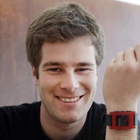
Eric Migicovsky, Pebble
In 2008, when the first 3G iPhone was a newborn, Eric Migicovsky was already designing the wearable. By chopping some bits out of a Nokia 3300 and soldering them to an Arduino, he created a low-power smartwatch that allowed him to receive messages and updates while cycling to college. Four years later, his consumer version – the Pebble – smashed every Kickstarter record.
READ MORE: Pebble Steel review
Creating the chip to end all chips

Sir Hossein Yassaie, Imagination technologies
You might not have heard of The Hossmeister, as we like to call him, but this British engineer has had a hand in most gadgets you’ve ever bought. If you’ve ever used a smartphone, tablet, console, DAB or TV (you have), you’ve used Imagination’s chips.
His latest trick is Caskeid – wireless tech that can create Sonos-style multiroom systems from devices made by different manufacturers. Neat.
Words: Tom Wiggins and Will Dunn; Illustration: Rich Kelly
READ MORE: Stuff Innovators 2014 – Superheroes of Tech



